Matthew Wood

About
Assistant Professor of Pathology
Oregon Health & Science University
Matthew Wood earned his MD and a PhD in pharmacology and toxicology at Dartmouth Medical School in Hanover, New Hampshire. His graduate work with Dr. Yolanda Sanchez involved modeling the genetic defect of neurofibromatosis type 1 in budding yeast in order to create a novel drug screening platform. He then completed his residency in anatomic pathology and neuropathology fellowship at University of California, San Francisco, where he developed an interest in the molecular classification of brain tumors. He continued as a postdoctoral research fellow at the UCSF Brain Tumor Research Center, working with Dr. Russ Pieper, as part of an NIH-funded training program in translational brain tumor research.
Dr. Wood's research interests are in advancing molecular diagnostic approaches to brain tumors. He provides neuropathology support for collaborations with neurosurgery and pediatric neurology.
Expertise
Pathology

Doernbecher Children’s Hospital
research
Interests
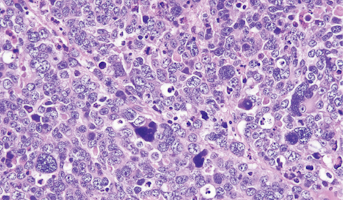
Medulloblastoma
Medulloblastomas comprises the vast majority of pediatric embryonal tumors and by definition arise in the posterior fossa, where they constitute approximately 40% of all posterior fossa tumors. Other forms of embryonal tumors each make up 2% or less of all childhood brain tumors.The clinical feature
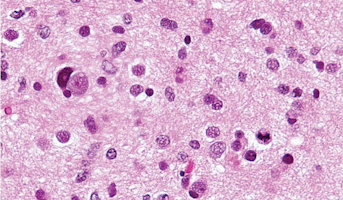
High-Grade Glioma
High-grade Gliomas (HGG) or astrocytomas in children nearly always result in a dismal prognosis. Although novel therapeutic approaches are currently in development, preclinical testing has been limited, due to a lack of pediatric-specific HGG preclinical models. These models are needed to help test
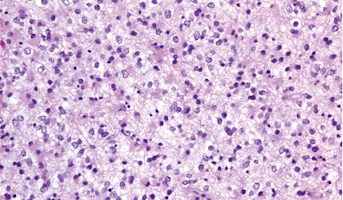
Low-Grade Glioma
Low-Grade Gliomas also called astrocytomas are the most common cancer of the central nervous system in children. They represent a heterogeneous group of tumors that can be discovered anywhere within the brain or spinal cord. Although surgical resection may be curative, up to 20% of children still su
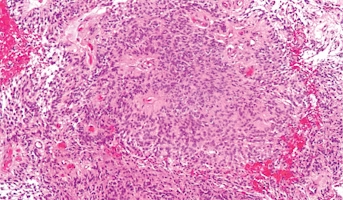
Ependymoma
Ependymomas arise from ependymal cells that line the ventricles and passageways in the brain and the center of the spinal cord. Ependymal cells produce cerebrospinal fluid (CSF). These tumors are classified as supratentorial or infratentorial. In children, most ependymomas are infratentorial tumors
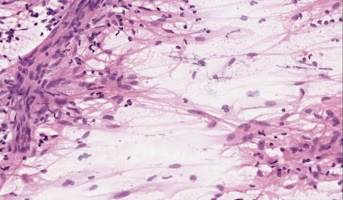
Meningioma
A meningioma is a primary central nervous system (CNS) tumor. This means it begins in the brain or spinal cord. Overall, meningiomas are the most common type of primary brain tumor. However, higher grade meningiomas are very rare.